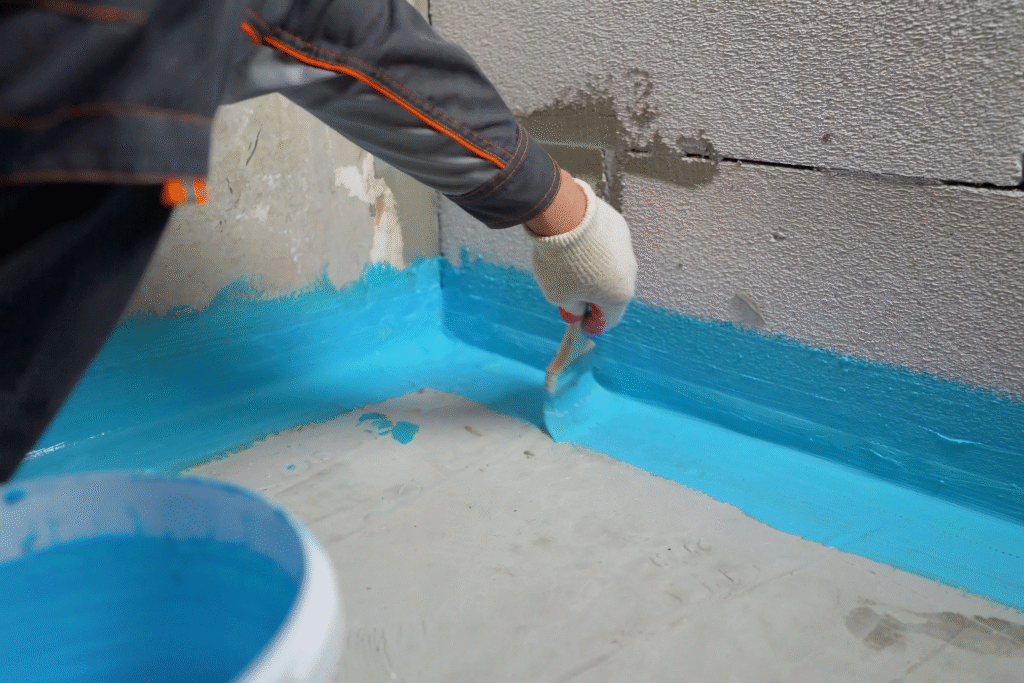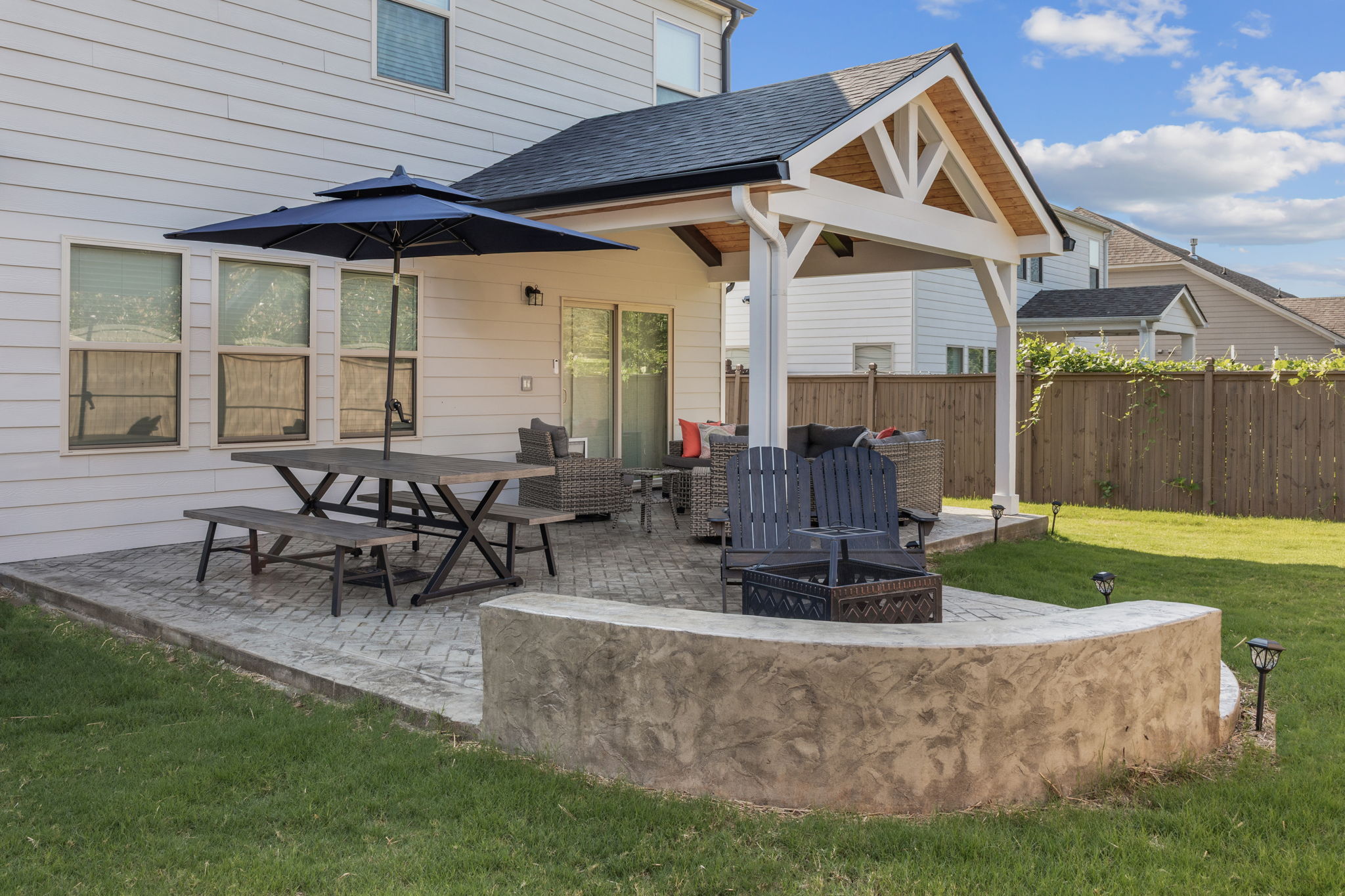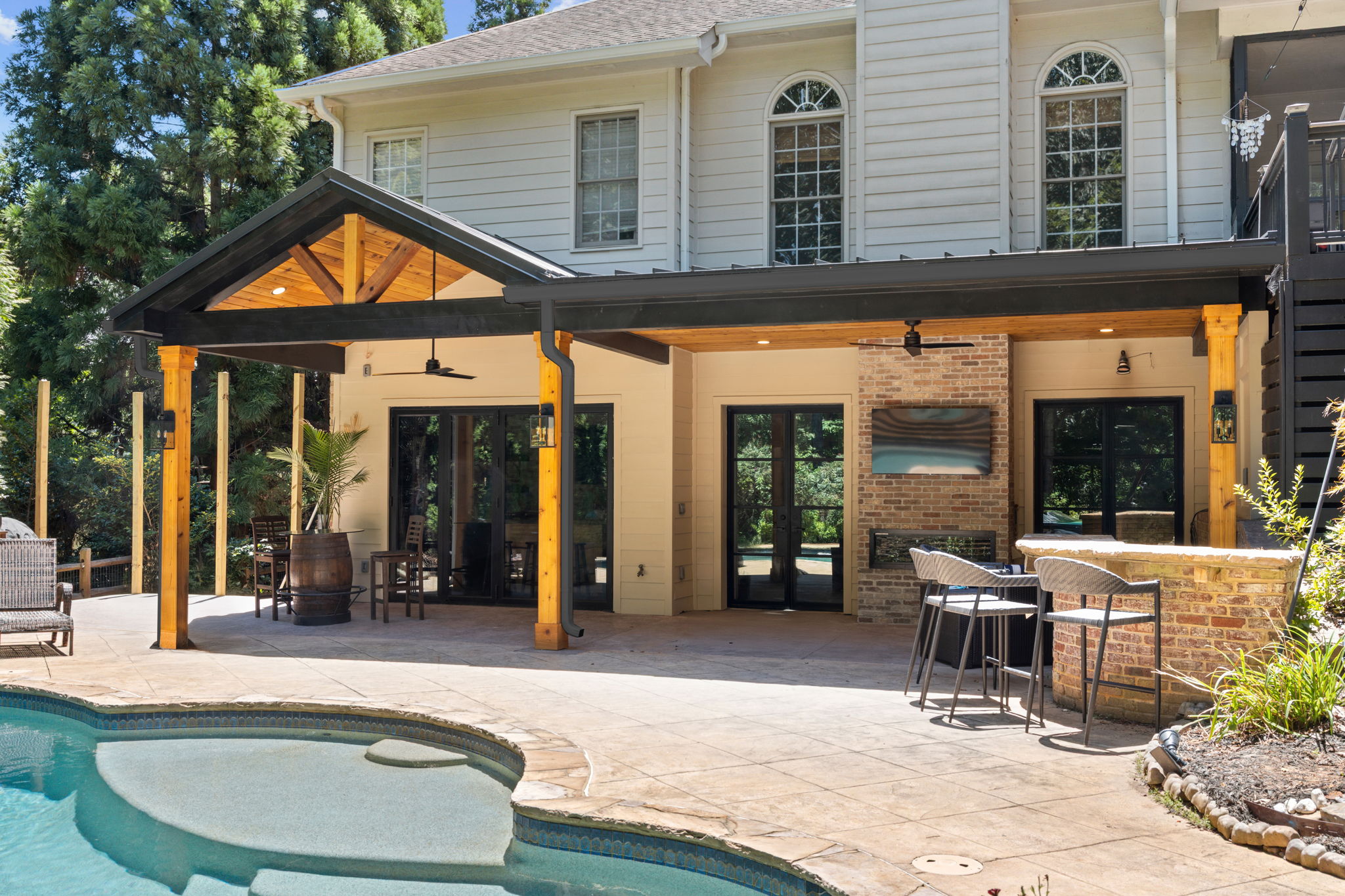When homeowners dream of transforming their basements into cozy family rooms, sleek home offices, or entertainment hubs, they often focus on paint colors, flooring, and furniture. However, one foundational step must come first: waterproofing. Without it, even the most stunning remodels can quickly turn into costly disasters. Moisture is a silent intruder, capable of undermining years of renovation work. This blog will explore the importance of basement waterproofing before remodeling, common problems homeowners face, and expert solutions to ensure lasting comfort and value.

Why Waterproofing Comes First
Basements are below ground level, making them naturally prone to moisture intrusion. Whether it’s a minor leak or full-on flooding, water can wreak havoc. It damages drywall, flooring, and furniture, and worse, it creates a breeding ground for mold and mildew, affecting both the structure and air quality of the home.
Waterproofing before remodeling is not just good practice—it’s essential. It ensures the space remains dry, healthy, and functional for years to come. Investing in prevention protects your remodeling budget, preserves your home’s value, and safeguards your family’s health.
Common Basement Moisture Problems and Solutions
Understanding the types of issues that can plague basements helps you plan ahead. Here are the most frequent problems. HomeVantage is here for the solutions:
1. Wall and Floor Cracks
- Problem: Small cracks allow groundwater to infiltrate.
- Solution: Use hydraulic cement and epoxy injections. For structural concerns, carbon fiber straps can provide reinforcement.
2. Poor Grading
- Problem: Water flows toward your foundation instead of away.
- Solution: Regrade the soil around your home to slope outward. Use landscaping features like dry creek beds and swales for better drainage.
3. Faulty Gutters and Downspouts
- Problem: Overflow or improper discharge causes pooling near the foundation.
- Solution: Clean gutters regularly and extend downspouts at least 10 feet from the foundation.
4. Hydrostatic Pressure
- Problem: Water pressure builds up around the foundation and forces water inside.
- Solution: Install interior drain tile systems and a sump pump to relieve pressure.
5. Condensation and High Humidity
- Problem: Moisture builds up inside due to poor ventilation.
- Solution: Add vapor barriers, install a dehumidifier, and ensure proper airflow.
Interior Waterproofing Methods
Interior waterproofing is often the first line of defense. It addresses moisture that’s already made it into the basement.
1. Sealants and Waterproof Coatings
These products can seal minor cracks and create a moisture barrier on basement walls. While not sufficient on their own, they’re effective as part of a larger system.
2. Interior Drain Tile Systems
Installed along the perimeter of the basement floor, these channels collect water and funnel it to a sump pump. They’re ideal for managing water that enters from hydrostatic pressure.
3. Sump Pumps
These are essential in flood-prone areas. A sump pump collects water from drainage systems and pumps it away from the foundation. Battery backups are critical during power outages.
4. Dehumidifiers
A high-efficiency dehumidifier controls moisture levels and prevents mold. Models with smart sensors offer hands-free climate control.
Exterior Waterproofing Methods
Exterior waterproofing prevents water from entering in the first place. It’s more invasive but often provides the most comprehensive protection.
1. Excavation and Membrane Application
Excavating around the foundation allows for application of waterproof membranes or asphalt coatings that shield the exterior walls.
2. French Drains
These are trench systems filled with gravel and piping that redirect surface water away from the foundation.
3. Footing Drains
Installed during construction or retrofitted, footing drains lie at the base of the foundation, capturing and diverting water efficiently.
4. Drainage Boards
These panels are attached to the outside foundation to create a path for water to drain down to the footer drains.
Warning Signs You Need Waterproofing
Homeowners should be on the lookout for these early indicators. If any of these signs are noticed, call experts like HomeVantage in no time.
- Musty smells
- Mold or mildew patches
- Efflorescence (white, chalky stains)
- Peeling paint or bubbling drywall
- Damp carpet or warped flooring
- Visible water after rainstorms
If any of these are present, waterproofing should be the top priority before remodeling begins.

Benefits Beyond the Basement
Basement waterproofing doesn’t just protect a single room—it benefits your entire home:
- Better Air Quality: Eliminating mold and mildew improves health for everyone, especially those with allergies or asthma.
- Structural Integrity: Preventing water damage preserves the foundation and framing.
- Increased Home Value: Buyers look for homes with dry basements and solid waterproofing history.
- Peace of Mind: No more worrying about flooding or dampness after every storm.
Cost Considerations
Waterproofing costs vary depending on the size of the basement, the method used, and the severity of the moisture issue. On average:
| Interior systems | $3,000–$10,000 |
| Exterior systems | $7,000–$20,000 |
While it may seem costly, it’s far more affordable than repairing water damage or redoing a ruined remodel.
Tips for Success
- Work with Experts: Hire certified contractors with experience in basement waterproofing.
- Get a Full Inspection: Have the entire foundation assessed before choosing a solution.
- Don’t Rely on One Method: A combination of interior and exterior methods often yields the best results.
- Plan for Maintenance: Clean gutters, inspect sump pumps, and manage landscaping regularly.
- Document Everything: Keep records of all work and materials used for future resale.
Conclusion: A Dry Start Is a Smart Start; In Terms of Home Basement
Basement waterproofing is not just about keeping water out—it’s about building a strong, reliable foundation for the future of your home. Whether you’re converting your basement into a gym, office, or entertainment haven, starting with waterproofing gives your project the best chance to succeed.
Before you lay that hardwood floor or install a media wall, make sure your basement is ready to stay dry, no matter the weather. It’s not the most glamorous part of a remodel—but it’s absolutely the most important.





